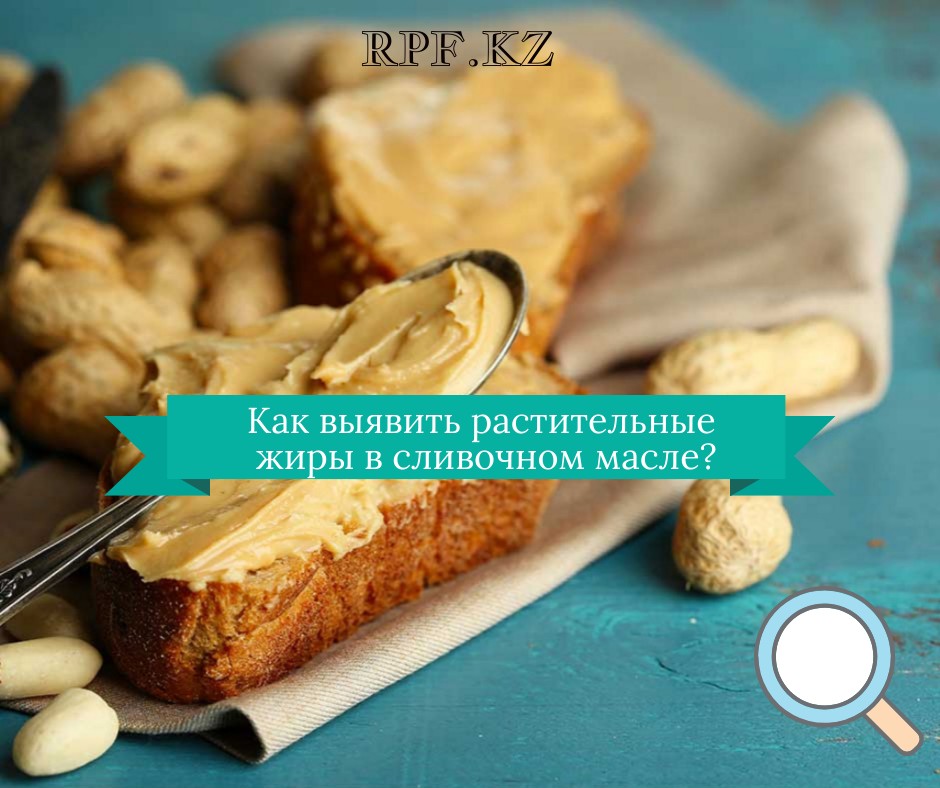Butter is a very ancient product used in food. But margarine and spread appeared much later. Margarine was invented in France as a substitute for butter to feed soldiers in the army.
The spread was developed by nutritionists as a healthy food product. At present, all manufacturers of Kazakhstan in their assortment have spreads that are characterized by low cost. The cost of producing real butter in our conditions is very high.
Butter is a rather expensive product, which is why it is counterfeited. As experts notice, unscrupulous manufacturers falsify the composition in order to save on production costs and receive additional profit due to this.
In any store you can see a variety of types of butter. An even greater variety of butters can be seen in the markets. But is it all that is called “butter”? How to choose real natural butter in the store, and not a product that is not butter.
According to technological standards, 20 liters of milk are required to produce 1 kg of butter. That is why there is a sharp jump in milk prices in the autumn-winter period and, accordingly, there is a shortage of butter.
When choosing a spread or butter, you need to carefully study the composition. A low-quality product contains trans-fatty acids. And they are the cause of atherosclerosis of blood vessels and coronary heart disease, which leads to diabetes and cancer.
The main methods of falsification:
– Inaccurate information about the product in the label when indicating the mass fraction of fat or mass: for example, the label indicates the mass fraction of fat is 82.5%, but in fact the product contains 78% fat; the weight is 180 grams, but in fact – 175.
– Falsification of the composition of the fatty phase of butter with fats of vegetable or animal origin.
Counterfeit detection methods:
– If unreliable information about the mass of a package of butter can be easily detected at home, then the falsification of the fat content and the presence of non-dairy fats can only be detected in the laboratory. Modern control methods make it possible to establish this unambiguously.
– At home, the consumer can estimate the quality of the product only on the basis of subjective organoleptics: taste, smell, color, appearance, consistency.
Quality butter has a light creamy tint. Too yellow color indicates that a dye has been added to its composition.
It is generally accepted that the higher the percentage of fat, the more yellow the oil, and manufacturers use this when coloring the product. Real, high-quality butter is much lighter, almost white, but not snowy white.
If you notice dark spots on the surface of the oil, then you have a moldy product in front of you.
Real butter has almost no flavor of its own. If you feel a slightly sour aroma, this should alert you.
Dip a piece of butter in hot water, it should completely melt and spread over the surface of the water with yellow sparkling droplets. A piece of margarine or spread will continue to float in hot water almost unchanged, and when you try to stir it with a spoon, it will break into smaller pieces.
Real butter stays solid for about half an hour. If butter can be spread on bread five minutes after freezing, then you should know … This is margarine!
Natural butter spoils rather quickly.
The freezer will help you determine the quality of the butter. Natural butter without vegetable fat after ten minutes outside the freezer will break off into pieces and crumble, while the spread will be cut into even pieces. If the butter is cut into perfect slices, does not crack, then you have a 100% fake from vegetable fats. Natural frozen butter cracks when cut and is difficult to spread on bread.
By observing how the process of melting butter in a heated frying pan, you can determine its quality with a high degree of accuracy.
High-quality butter in a pan should melt evenly, without the formation of water and whitish foam. An abundance of foam will directly indicate an excess of whey in it and an insufficient amount of milk fat.
In a heated frying pan, the butter will immediately melt and sizzle, while emitting a pleasant aroma. The spread will slowly melt, emitting an unpleasant odor.
Having brought butter from the store, cut off a small piece from it, put it on a plate and leave it for an hour at room temperature.
Natural butter, unlike the spread, although it will become soft, will retain its shape and will not spread over the surface of the plate.
As you can see, the market today offers many different types of spreads, margarines and butters. For some, price is the deciding factor. And someone wants to buy natural products. Which one to give preference to, what to choose when buying, the buyer decides.

